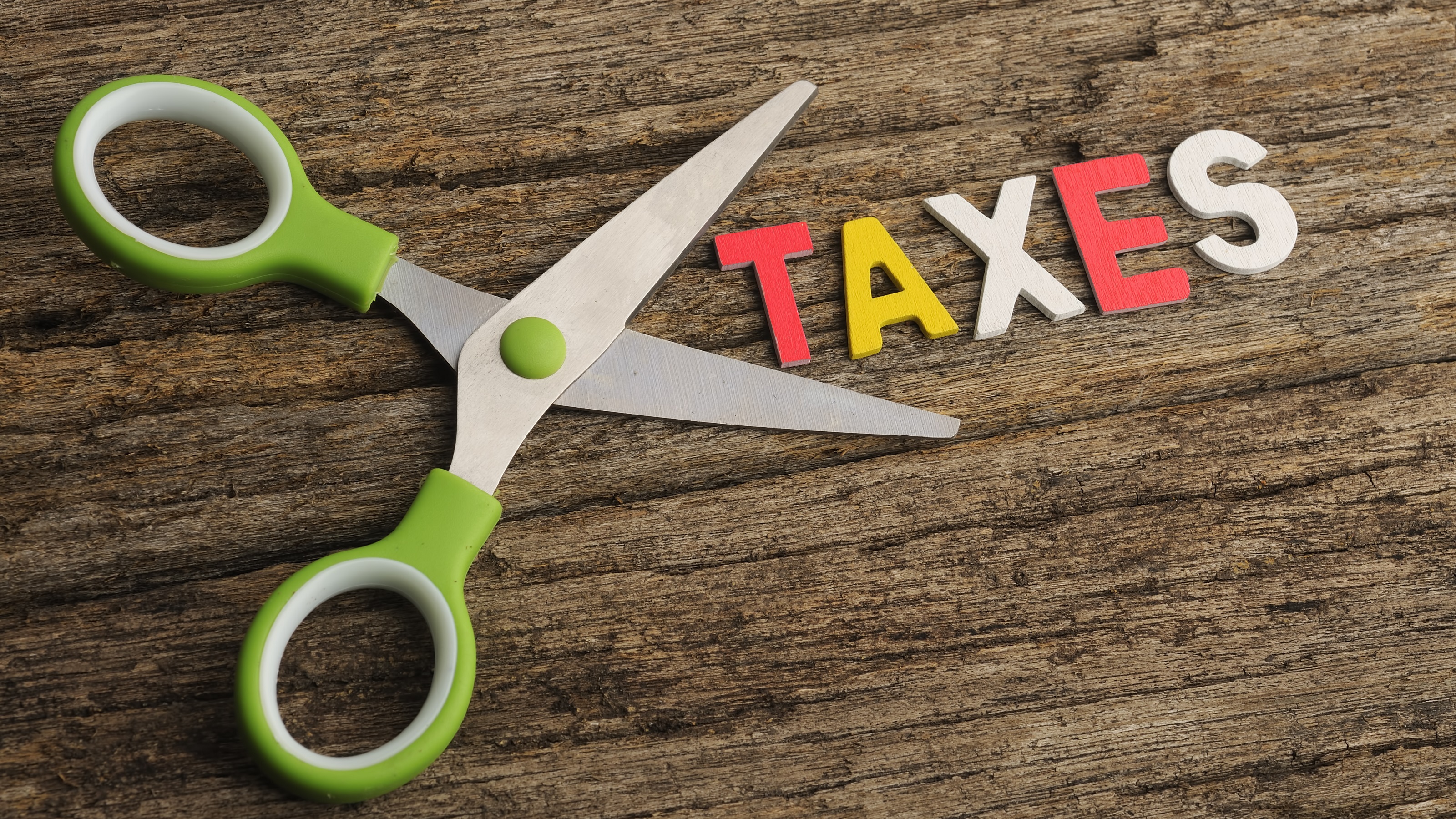
When it comes to taxes, having a higher income may not always be the blessing it’s often thought to be. With a bigger income comes increased tax rates, as moving into a higher tax bracket means a larger portion of income will be taxed at a higher rate. Those earners with multiple streams of income — investment income, capital gains, bonuses and more — can further complicate their taxes.
These factors, paired with the possibility of losing out on certain deductions or credits due to their income, mean high-income earners are often on the lookout for ways to optimize their tax strategy and minimize their tax liabilities, or what they owe.
As financial and tax experts themselves, the members of Kiplinger Advisor Collective know the ins and outs of effective tax strategies. Here, they offer up six ways high-income earners can minimize their tax liabilities and keep more money in their pockets.
Maximize contributions to tax-advantaged accounts
“High-income earners can optimize their tax strategy by maximizing contributions to tax-advantaged accounts like 401(k)s, IRAs or health savings accounts (HSAs). This reduces taxable income, lowering their overall tax burden. It’s effective because it not only provides immediate tax savings, but it also allows wealth to grow tax-deferred, enhancing long-term financial planning and retirement savings.” — Stephen Nalley, Black Briar Advisors
Sell investments that have depreciated
“Selling investments that have depreciated since you bought them, also known as tax-loss harvesting, can help you lower your tax burden each year. These losses can also be deducted from your investment gains or other income, up to an annual limit set by the IRS. If your losses are greater than these limits, you can carry them over to the following year to reduce your taxes in future years.” — Justin Donald, Lifestyle Investor
Kiplinger Advisor Collective is the premier criteria-based professional organization for personal finance advisors, managers, and executives. Learn more >
Choose a fee-only CFP
“The development of software analysis tools that can provide an integrated and holistic view of your financial situation, including how your tax liabilities affect the rest of your financial life, has increased significantly. Choosing the right fee-only Certified Financial Planner (CFP®) who offers a cost-effective way to integrate sophisticated and holistic tax planning strategies with financial planning is critical.” — Deborah W. Ellis, Ellis Wealth Planning
Take a three-pronged approach
“There are three important areas to consider for tax efficiency. Deferring taxes: Utilize preferential accounts such as 401(k)s, IRAs and annuities. Managing existing investment income: Place tax-inefficient assets in tax-deferred accounts, harvest tax losses and manage gains and distributions. Reducing future taxes: Use Roth IRAs, health savings accounts, 529s and municipal bonds to limit future taxes.” — Stephen Kates, Annuity.org
Minimize portfolio turnover
“Maximizing tax-advantaged savings to your retirement plan or health savings accounts can reduce your taxable income. Take advantage of charitable contributions, and minimize turnover in your portfolio by investing in transparent, diversified and tax-efficient exchange-traded funds (ETFs).” — Marguerita Cheng, Blue Ocean Global Wealth
Consider your highest-income years
“Explore depreciation. Often, high-income earners get to participate in depreciation on assets bought with debt. Plan for this in your highest-income years to maximize the benefit.” — Justin Brock, Bobby Brock Insurance







